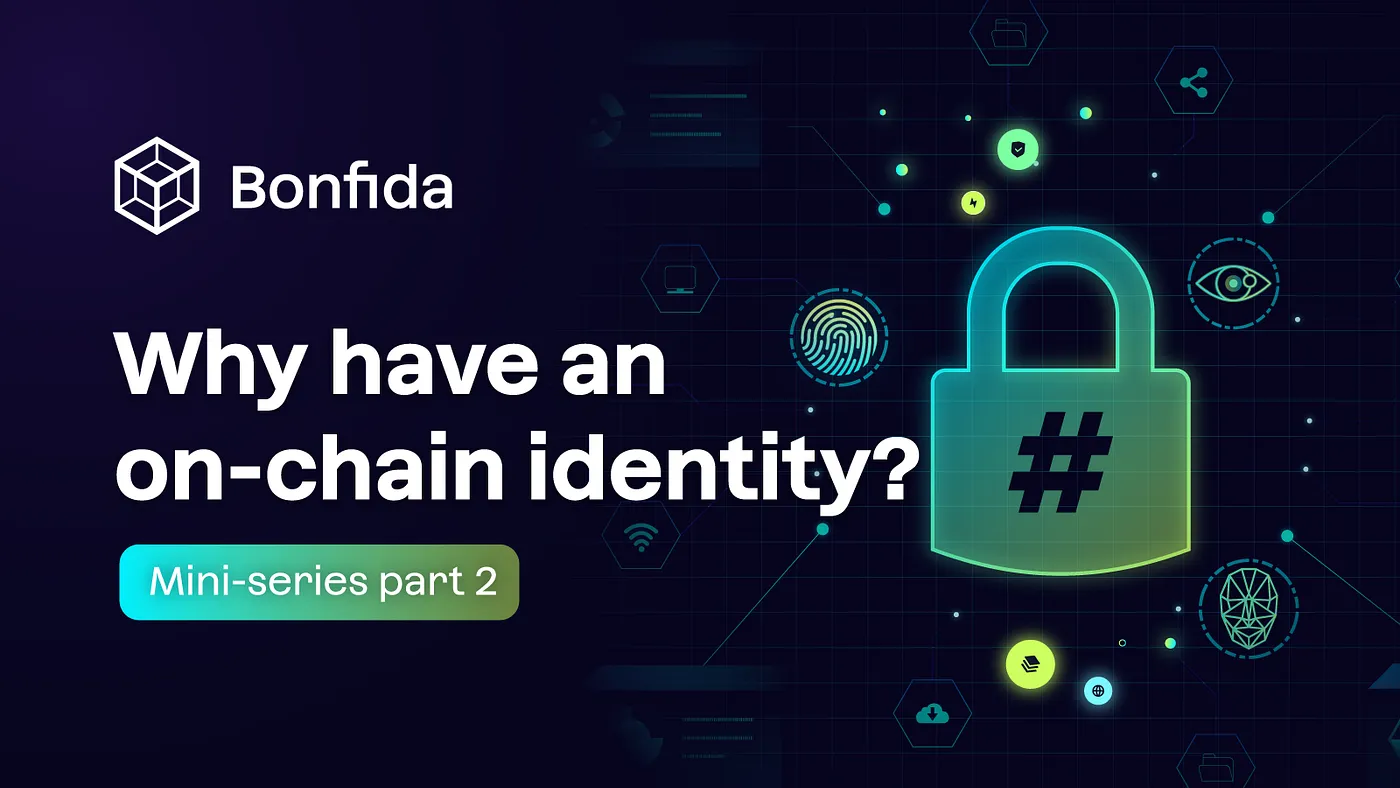Why have an on-chain identity?

Understanding blockchain and all of its technology is daunting even for long-term crypto users. I’m going to explain why the decentralized route (on-chain way) for identity is beneficial with a really simple example. Here’s a quick low-down, using Twitter.
Many organizations and individuals use Twitter as a marketing and communications platform. In fact, some solely depend on this to reach their desired audience. People spend ample time and invest a lot of effort into this social media platform to build some sort of social following. Needless to say, this networking can become a full-time job as many of you would know.
The fact is, no matter how hard we work on designing those pretty images/memes, staying woke, engaging with followers and sharing our undeniable unique humor - this all could be ripped away from us in a second.
Thousands of followers later and countless hours spent on Twitter and boom… your account has been permanently suspended. You’ve lost your marketing capabilities, your content and your following. Tragic.
You can go through an outlined process to try and rectify this but it will always be at the mercy of those who own or manage this platform. This is what we like to call centralized entities, in essence, those you have to go through to get things done. A bank is another great example of a centralized entity, all the money in your account is yours, however, try to make a large transaction to another country and you will be faced with authority needing to verify this.
What I am trying to get to, is that you don’t really own your content (digital data) on Twitter since it can be taken from you, or removed in this example. Nor can you exactly control it, it’s up to these third parties to give you permission to post and say things within their guidelines and they are the ones that will decide if this is suitable content or should be disposed of.
So why should a central entity control all your work when they aren’t even the ones paying you?
Here’s why on-chain identity makes sense: laymen’s terms edition
The key point to note, the blockchain is decentralized as opposed to centralized. This simply means that there is no single point of control like Twitter management, for example.
A blockchain is basically a whole load of computers working together via fancy things called smart contracts. No single computer working with these smart contracts can decide anything and the odds of them working in consensus is impossible. They are all unrelated.
As you interact with the blockchain, where interacting means transacting with your wallet address or DID (discussed in part 1 see here), you are busy leaving your decentralized footprint. When you transact, this footprint will be there forever and anyone on the blockchain (you don’t have to ‘sign up’ but rather just need some basic knowledge of projects we call explorers) can trace this back to your ownership. Every transaction is identifiable by your wallet address or public key. A public key is that alpha-numeric address you get when you ‘sign up’ to a blockchain.
So let’s say Twitter was a decentralized platform based on the blockchain; when you create an account, you would have to sign a transaction with your wallet address which stamps your ownership to that account. The same thing for when you post a tweet and followers can come and go as always. As explained, this stamp of ownership is traceable and since no one can affect the transactions on the blockchain, it’ll always be there. Now, every time you post something you are accumulating an identity for your organization or as an individual that is impenetrable. Basically, your work cannot be owned or controlled. Decentralized Twitter cannot shut you down, since there is no one thing or entity making a choice.
That is the power of decentralization.
On-chain identity
We know that our digital identity refers to online information about a particular entity. A digital ID encompasses everything you have on the web; images, shopping preferences, search history, website usage behavior, bank account information, you name it. But what is an on-chain identity then? Discussed next, see you in part 3.